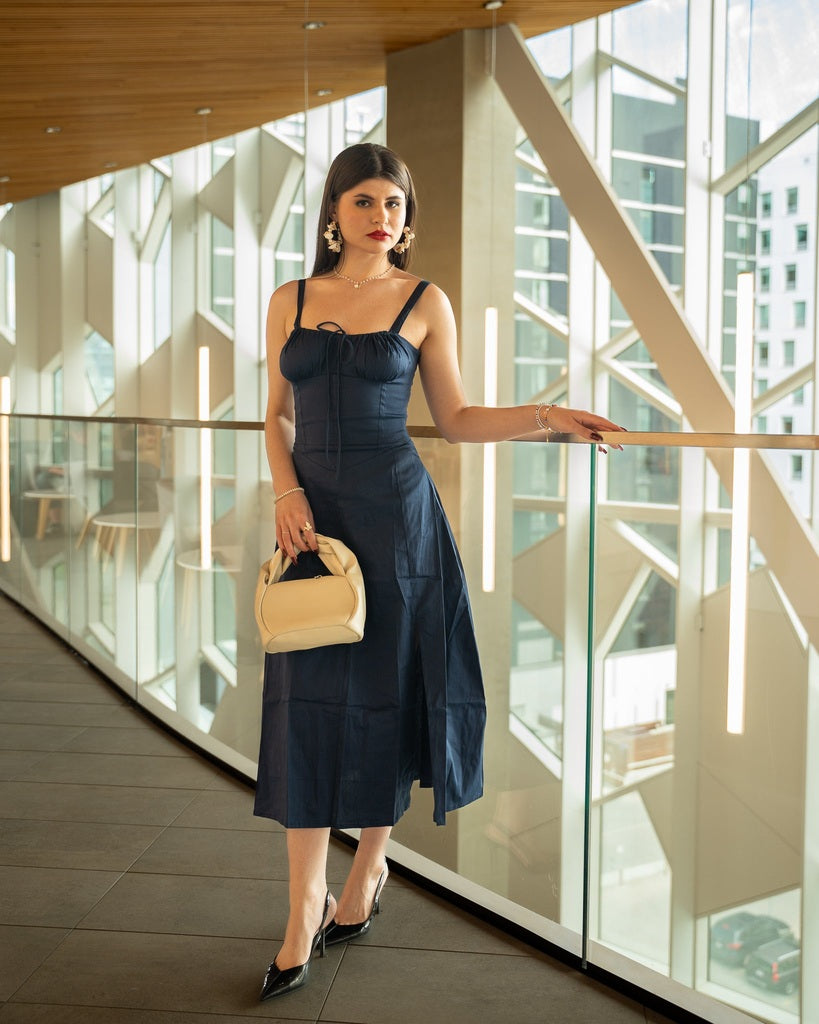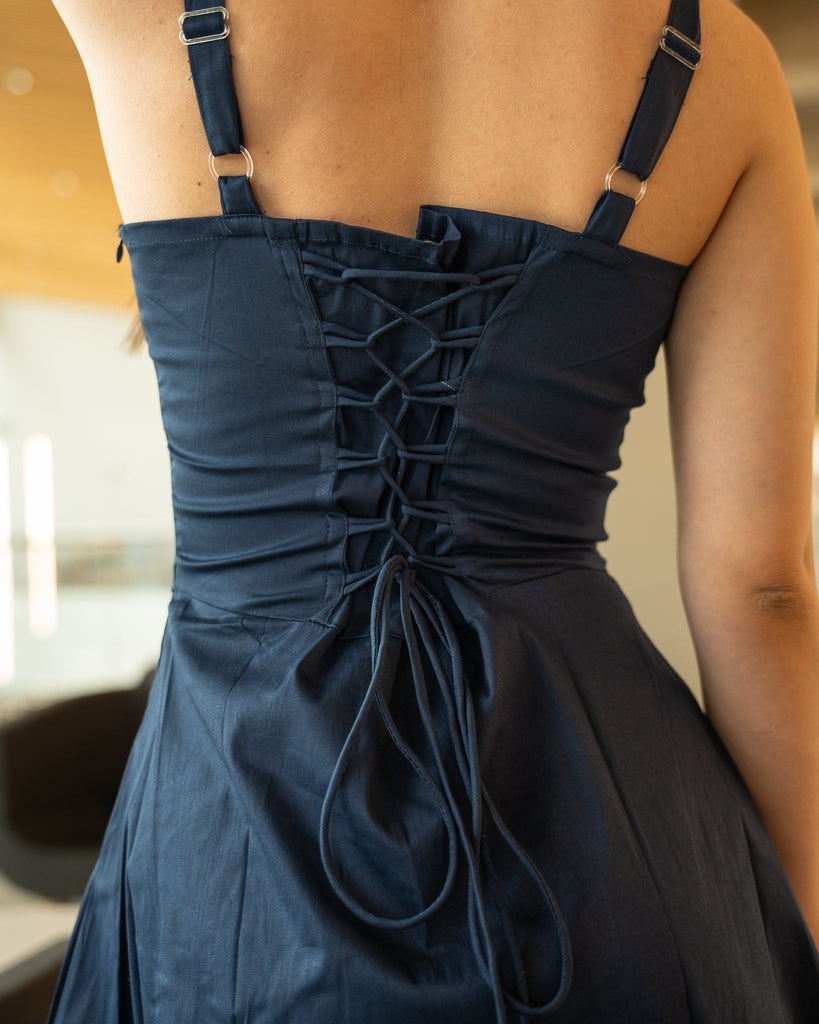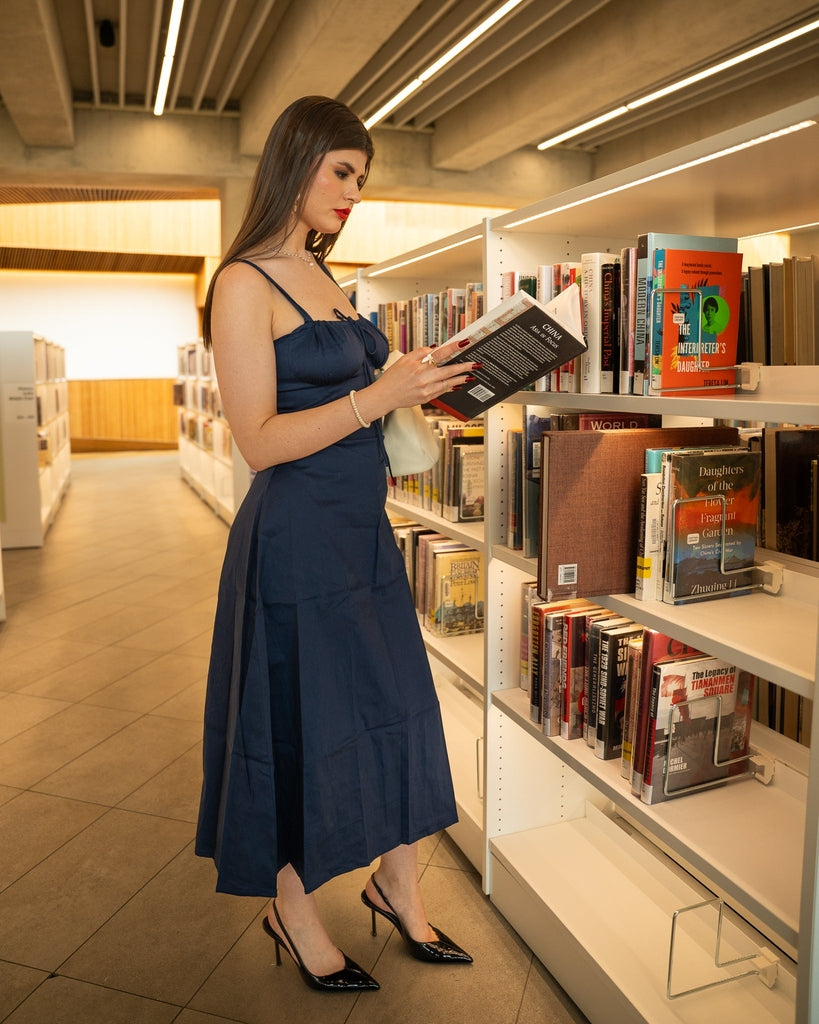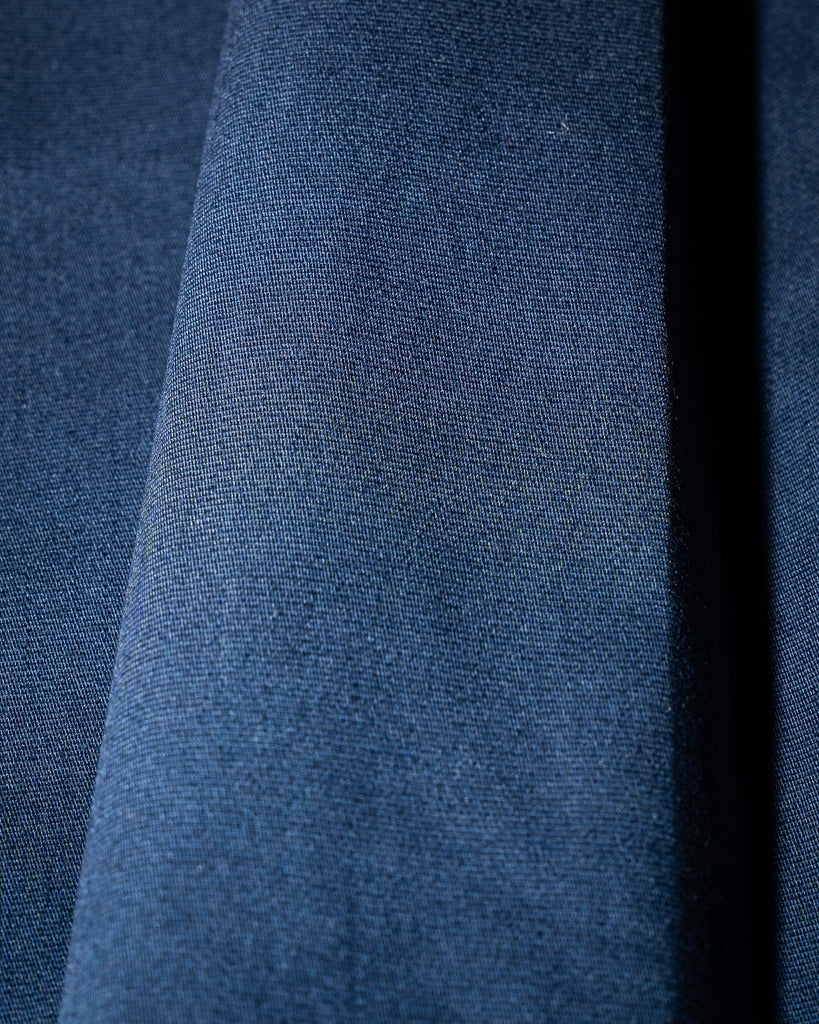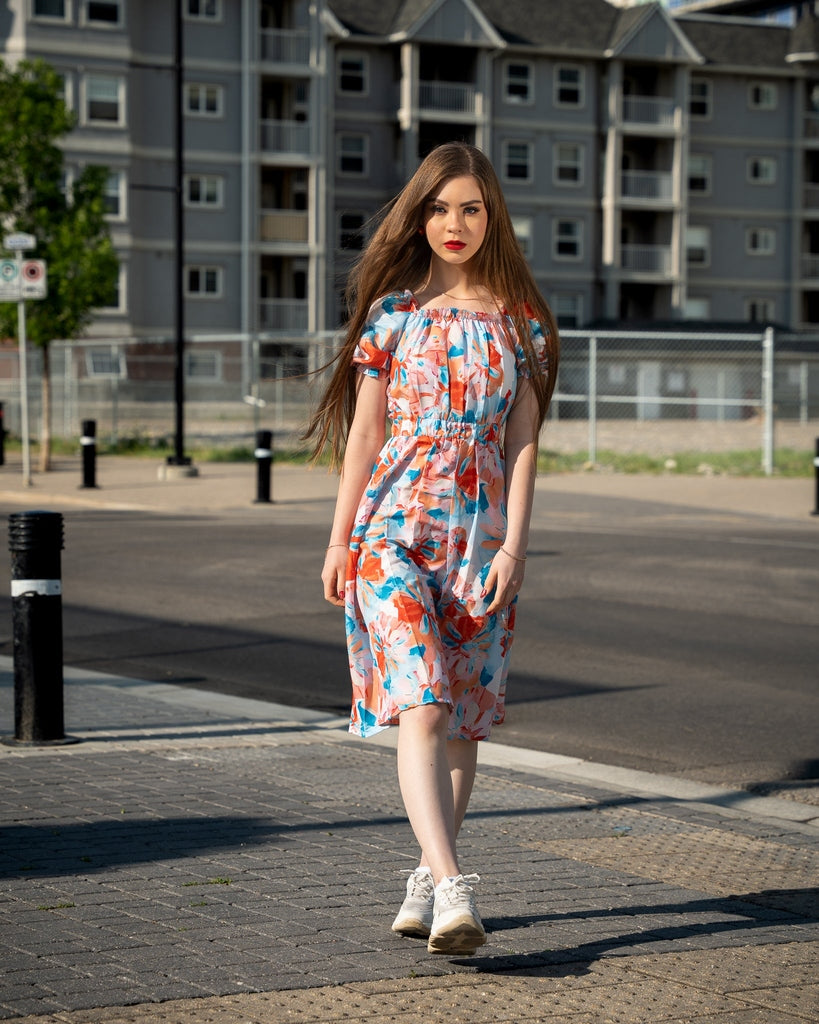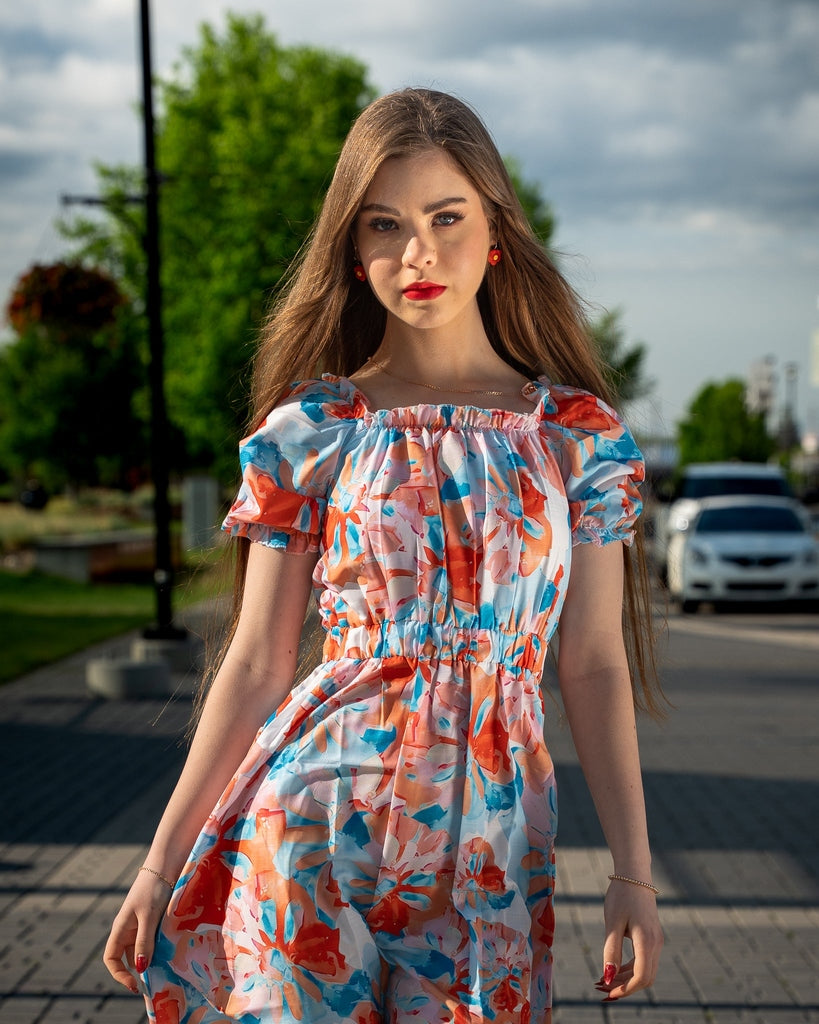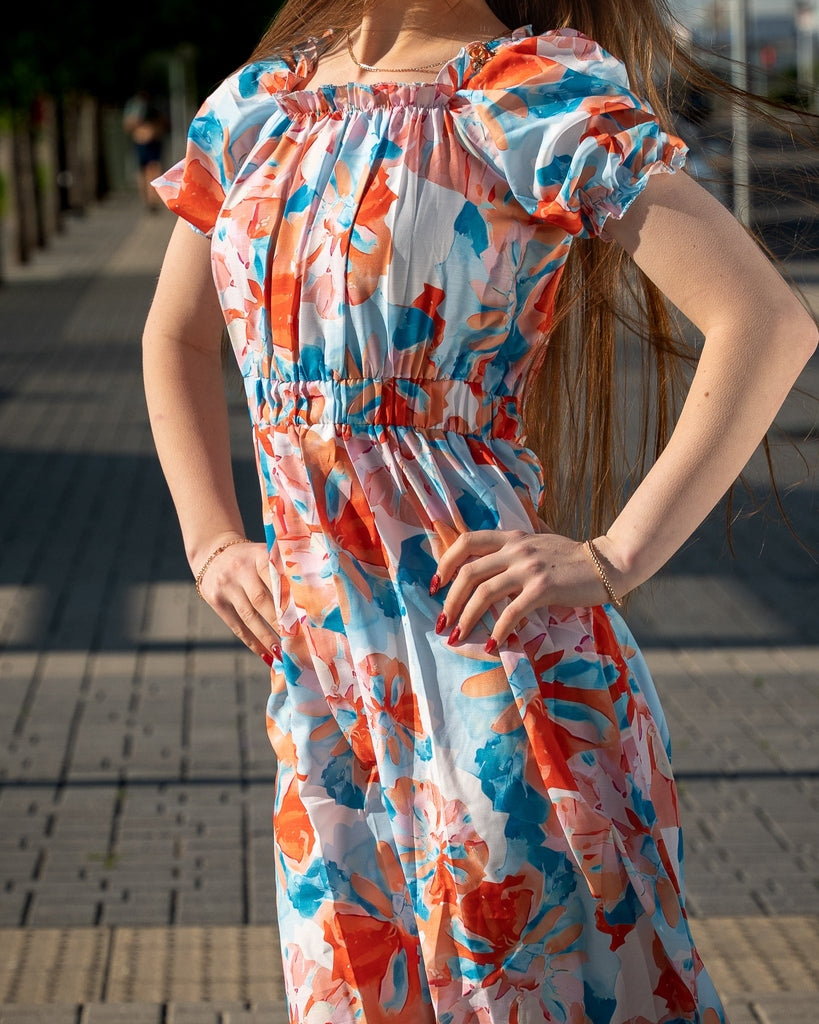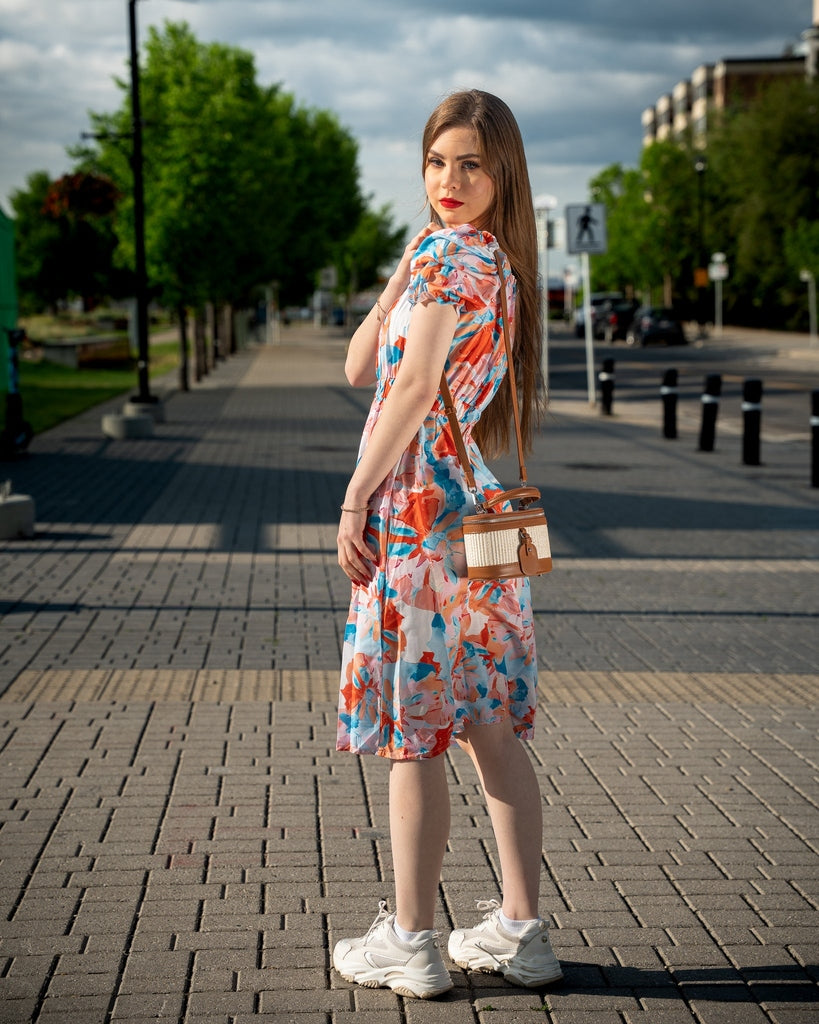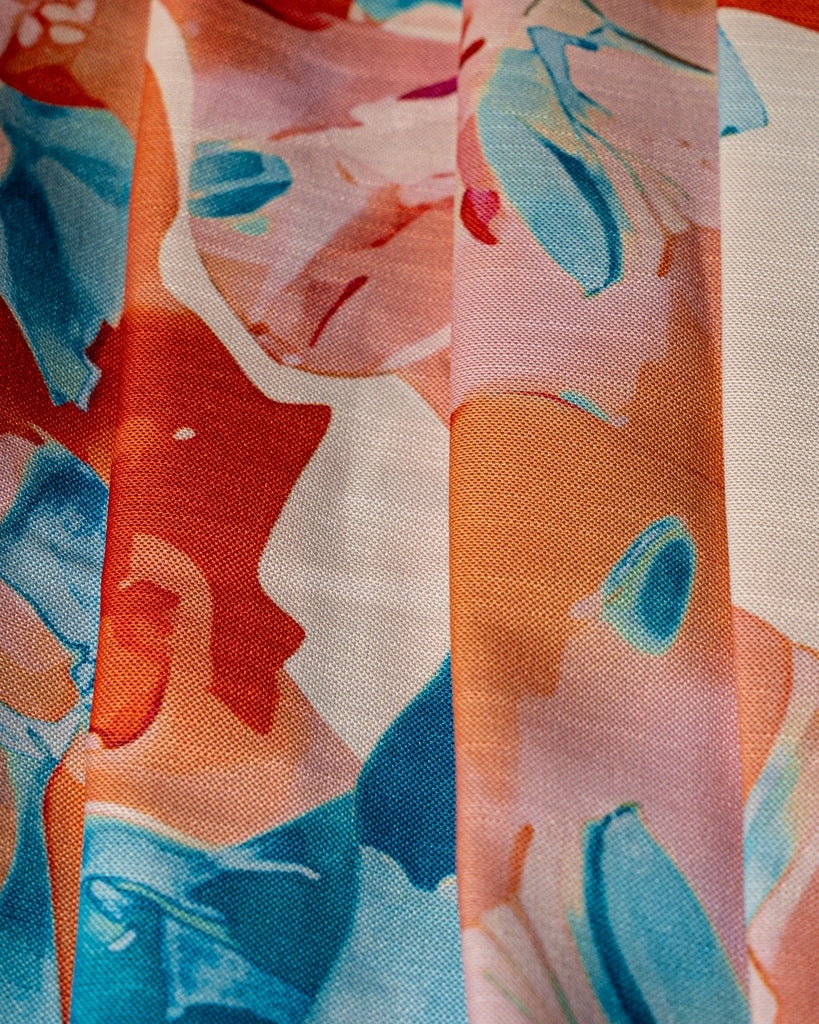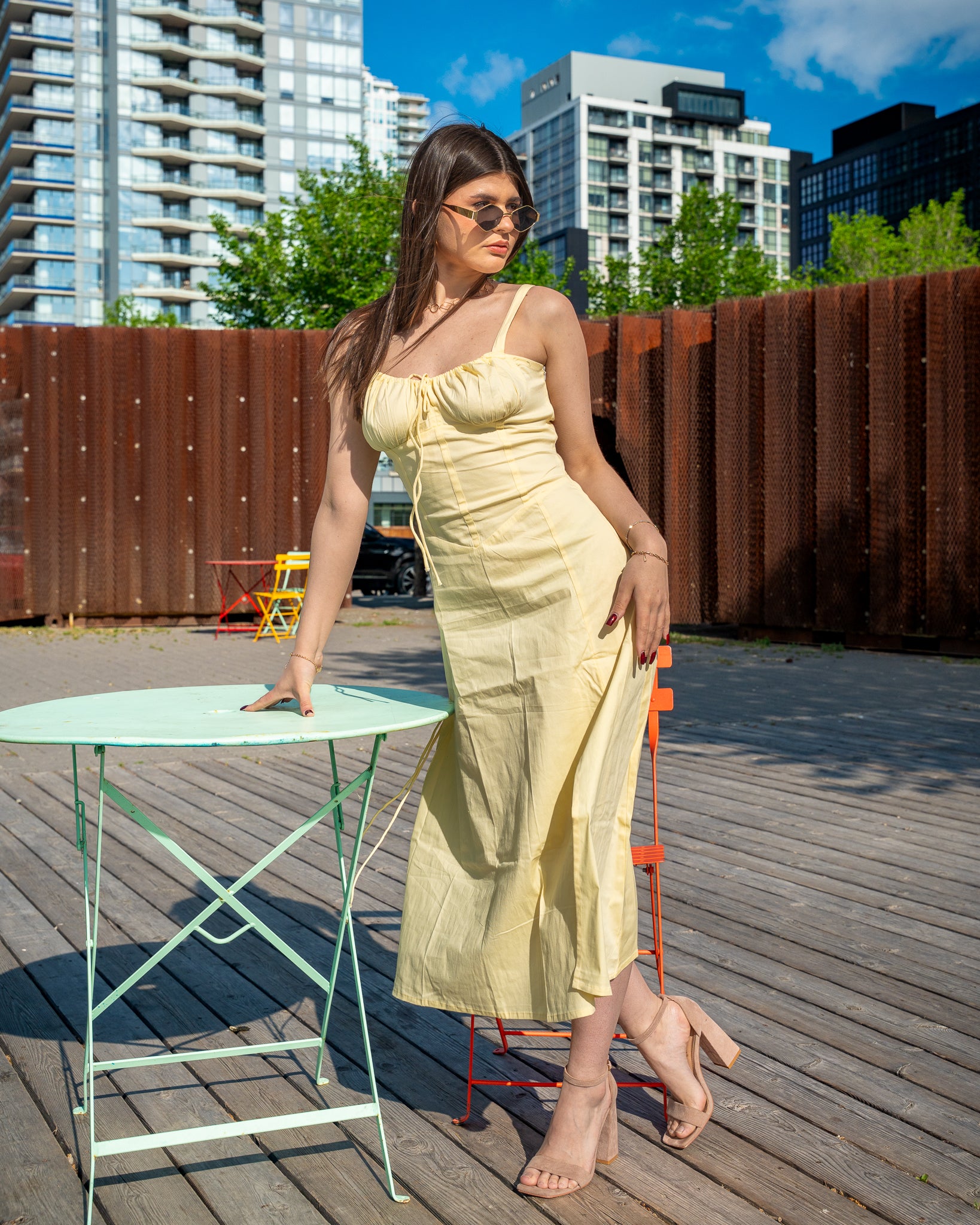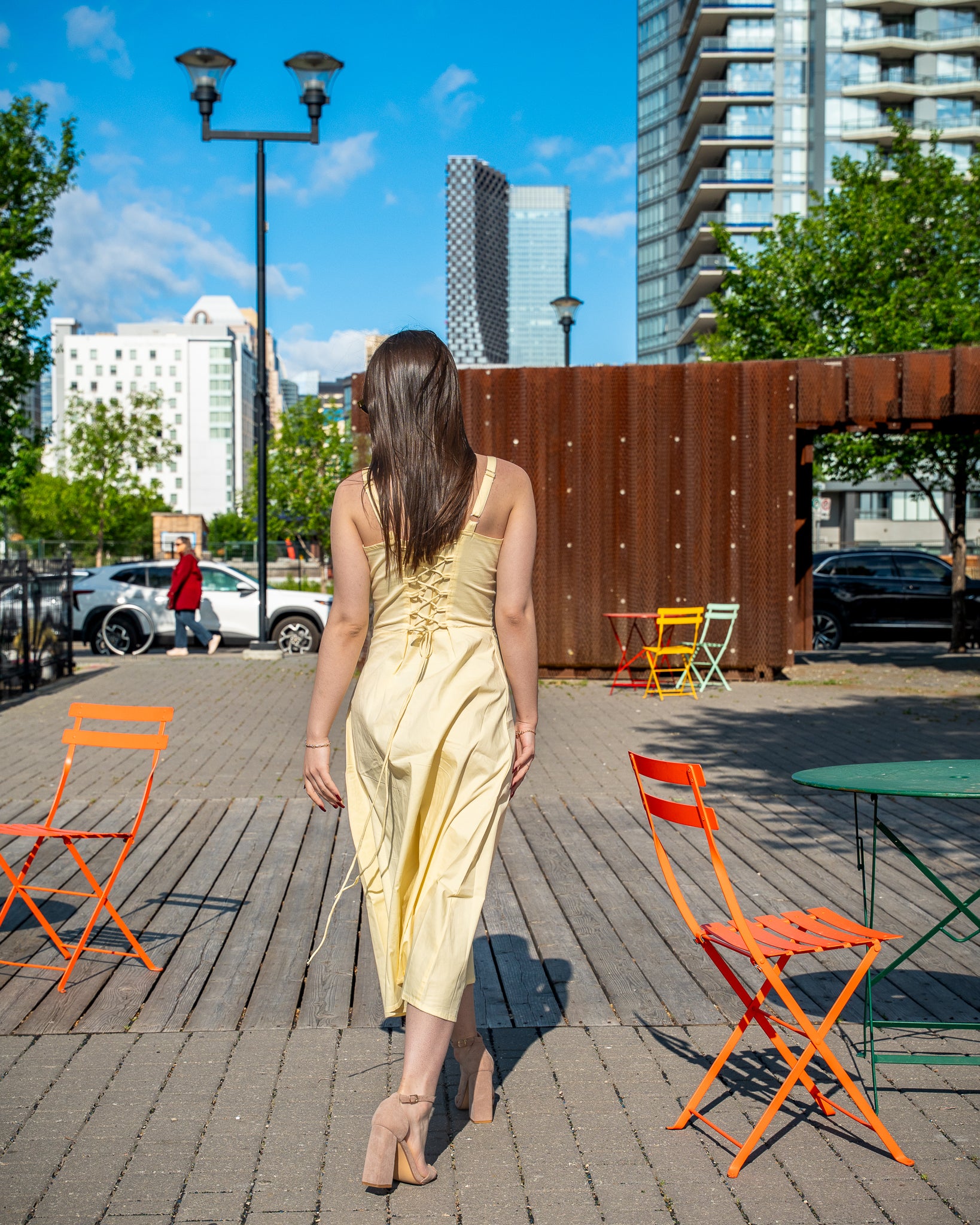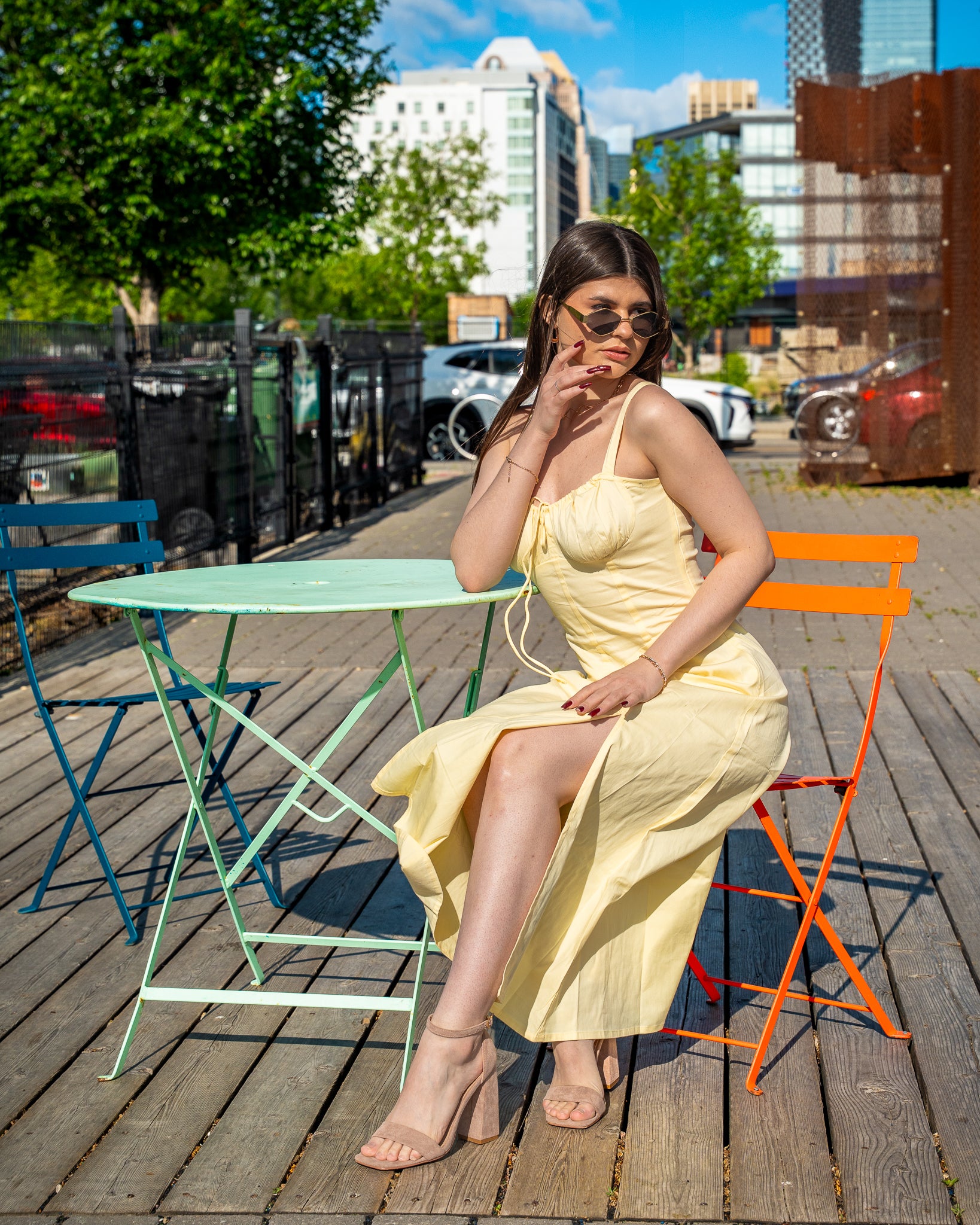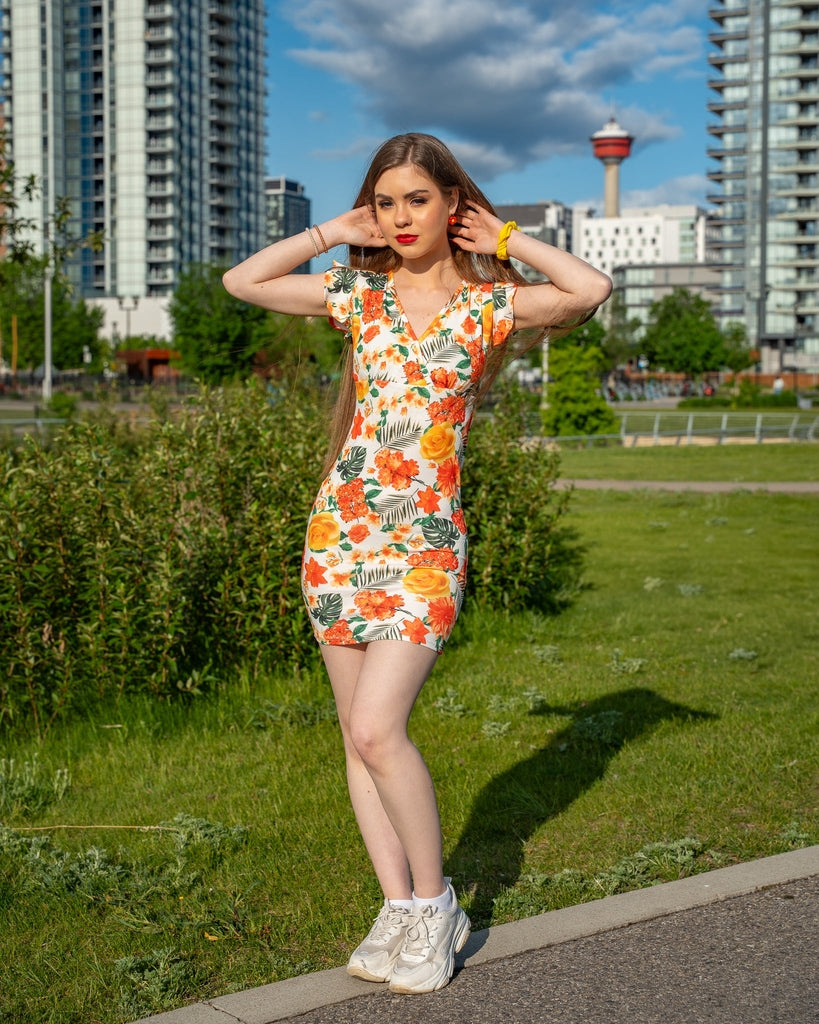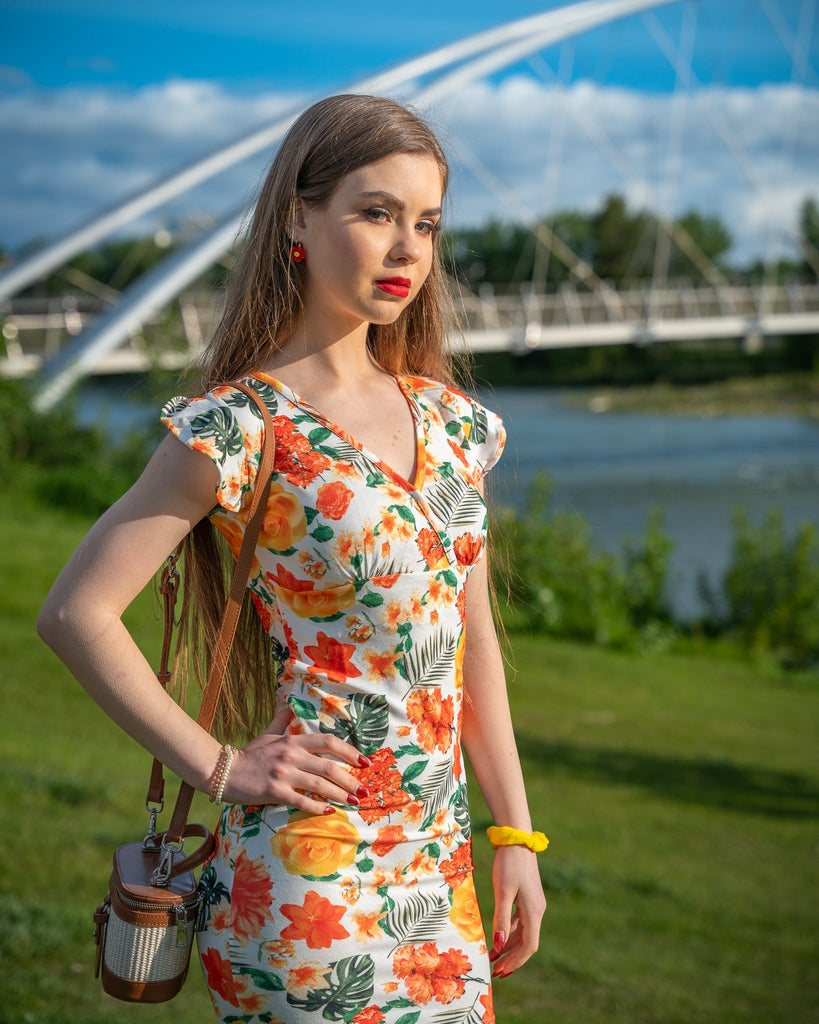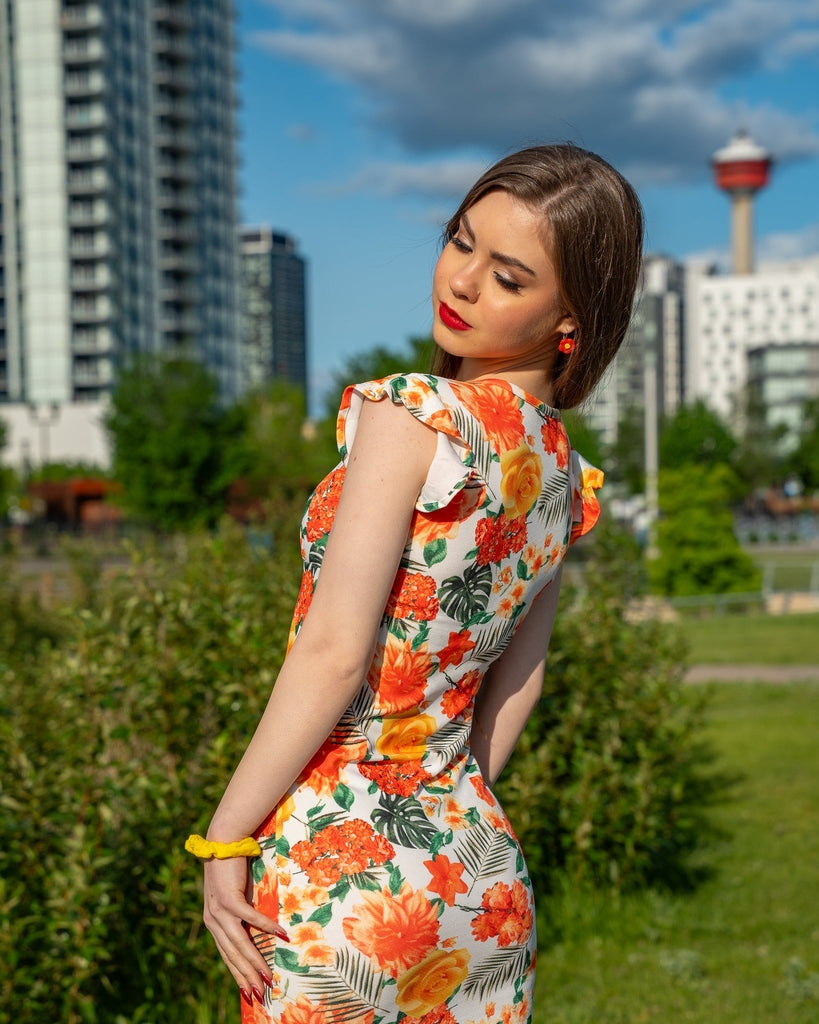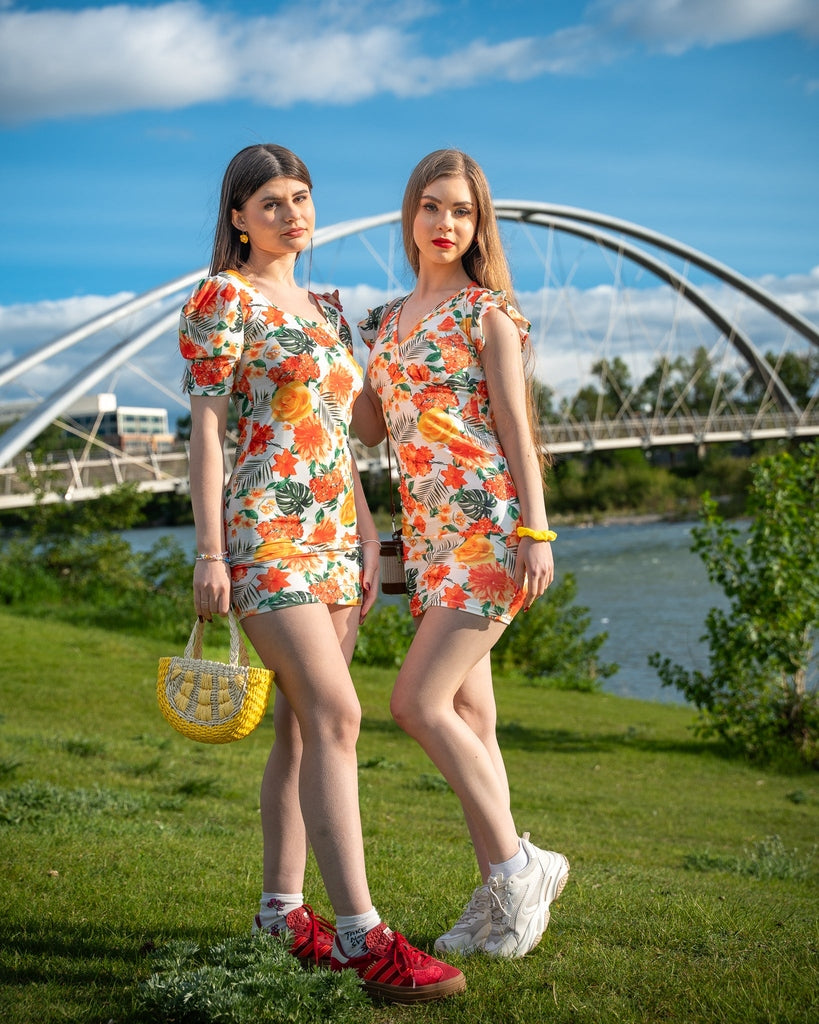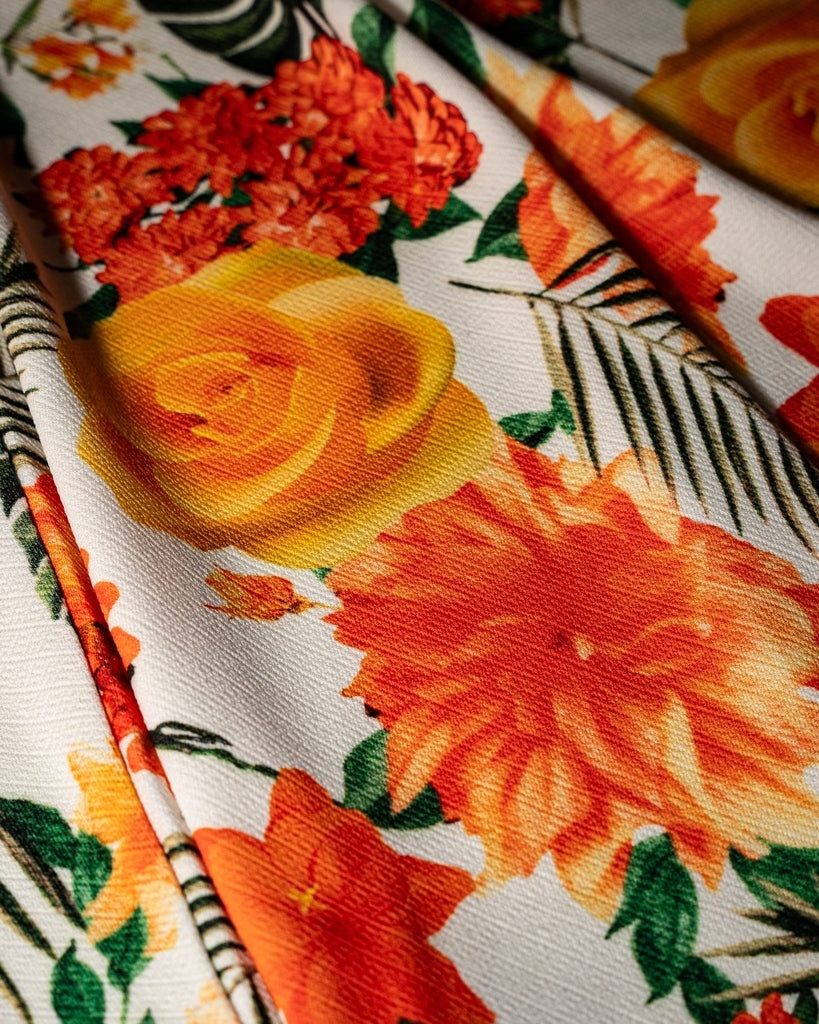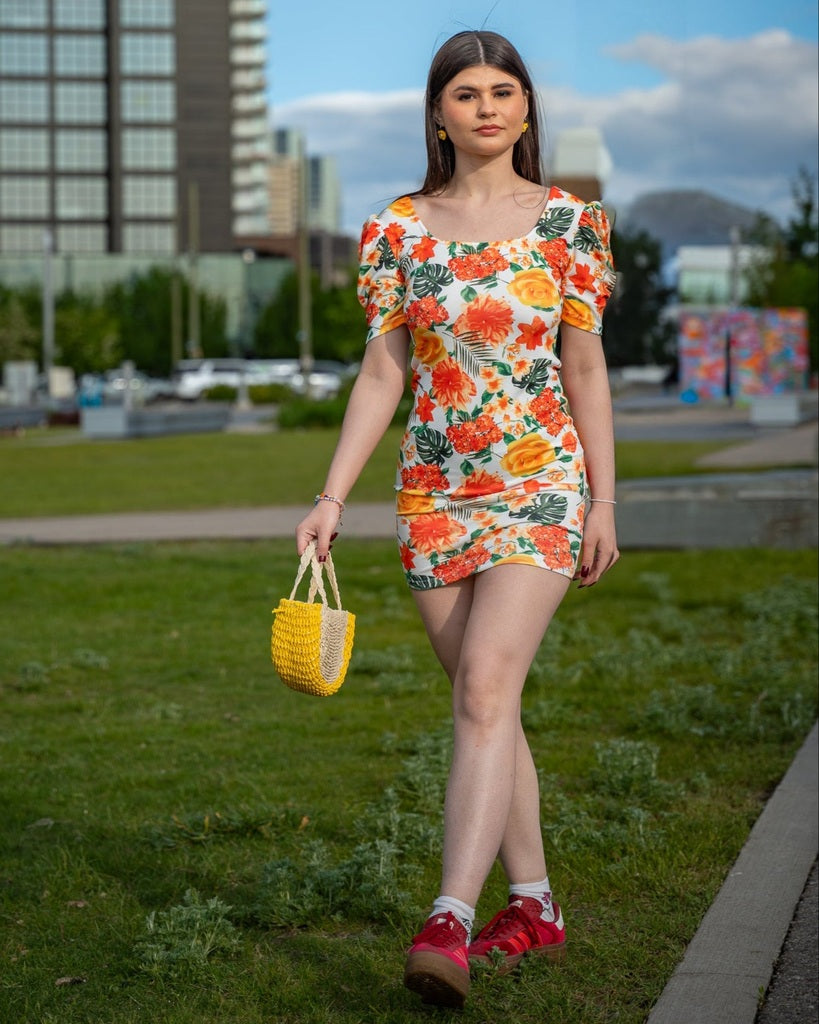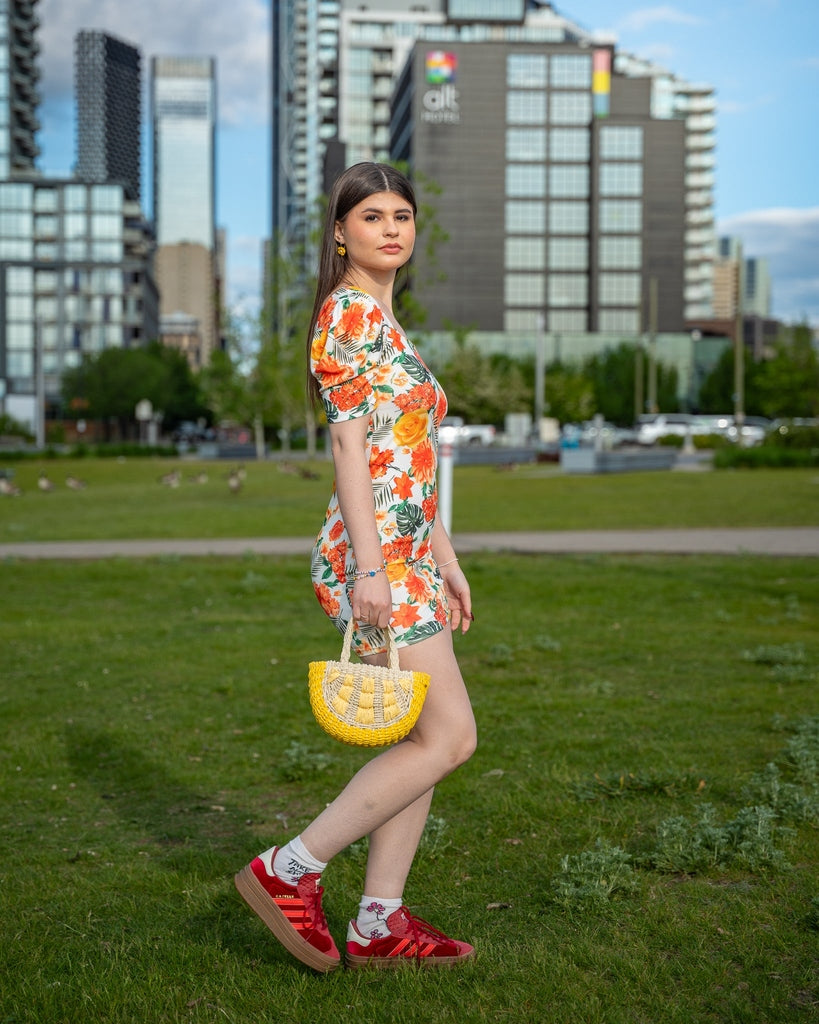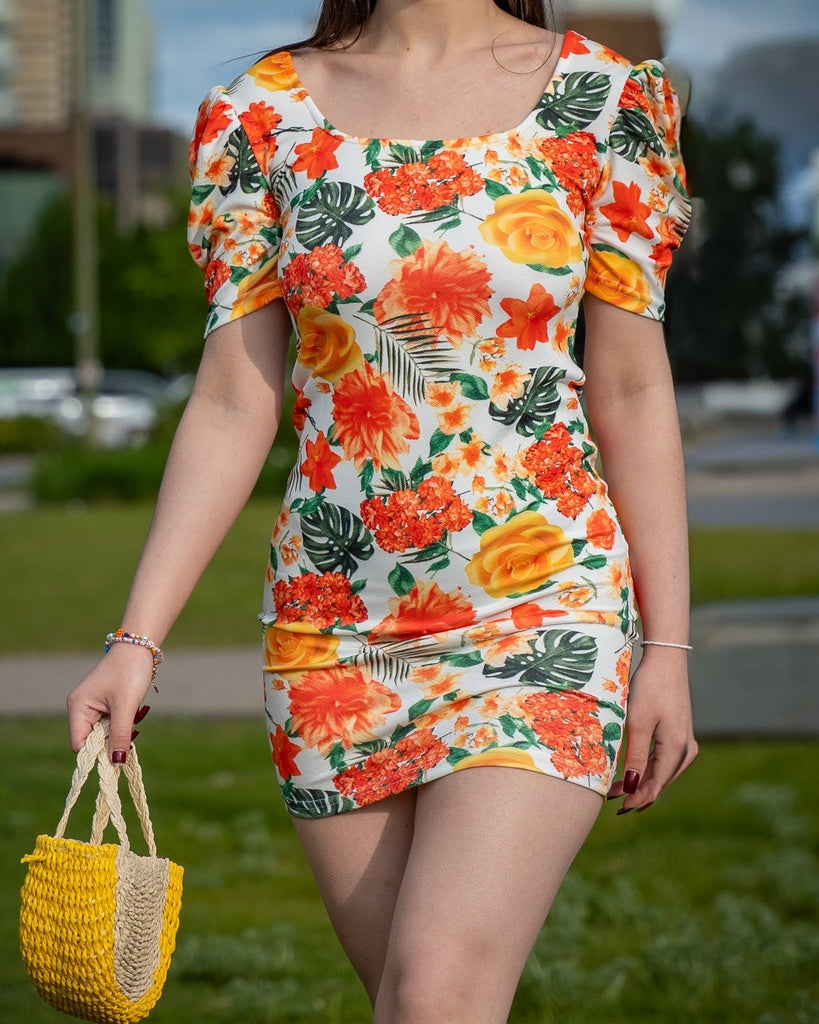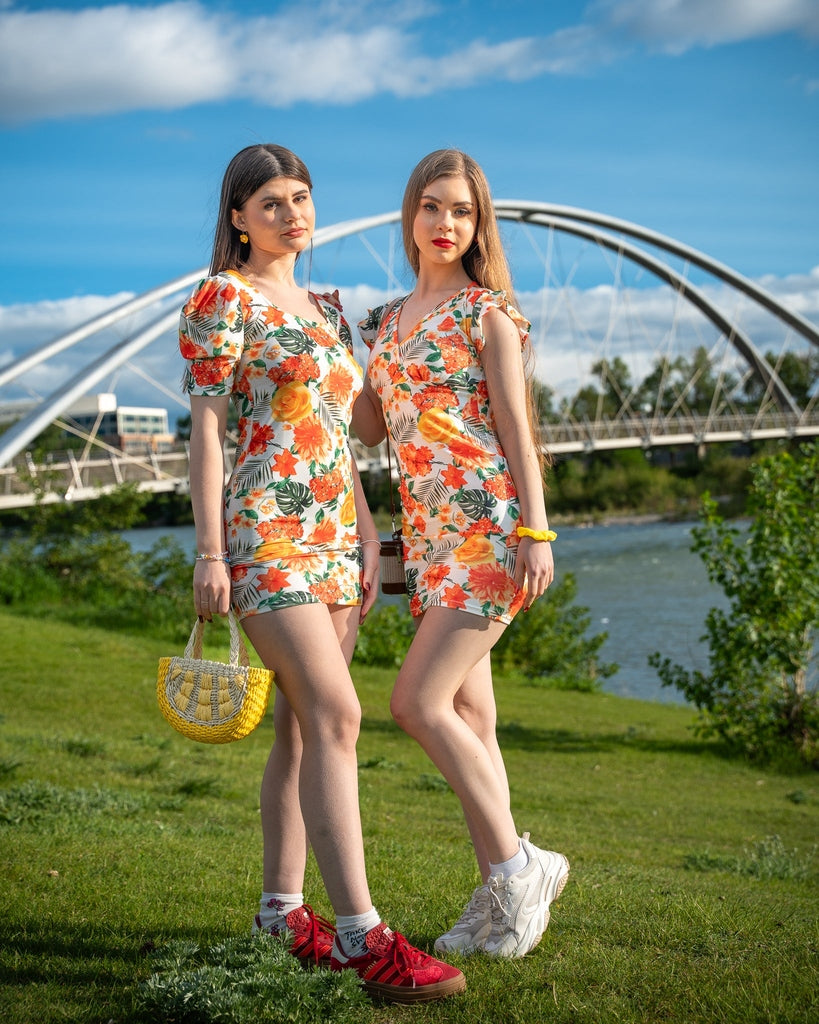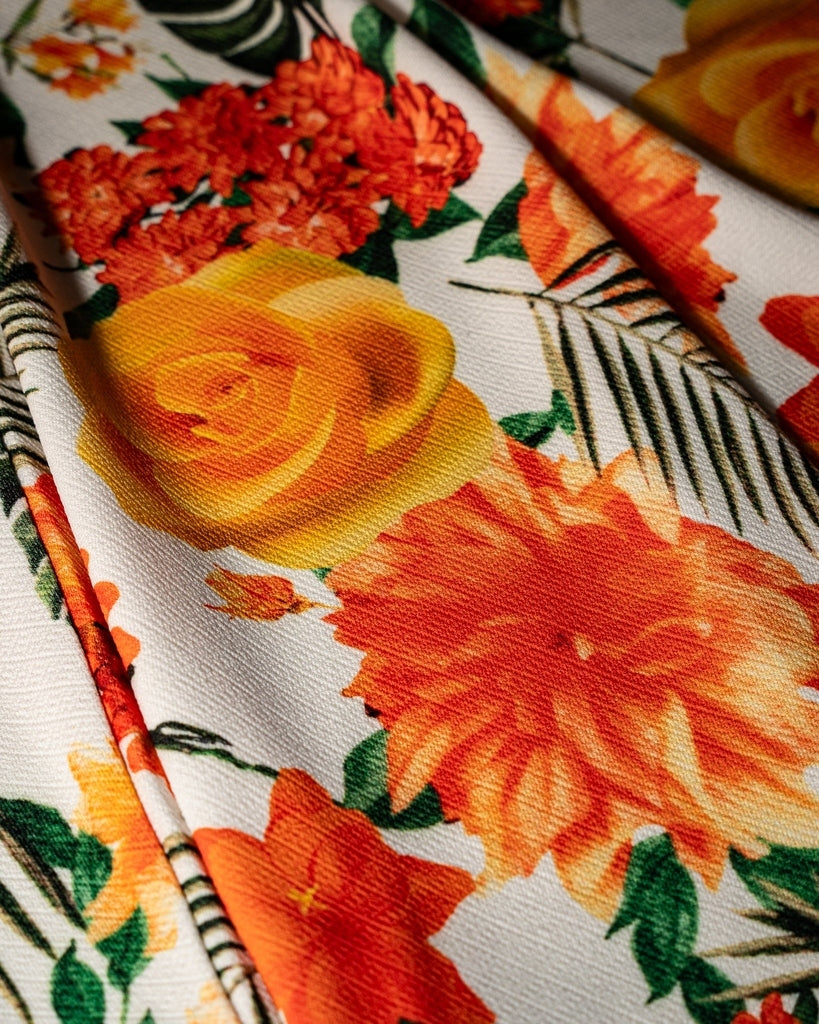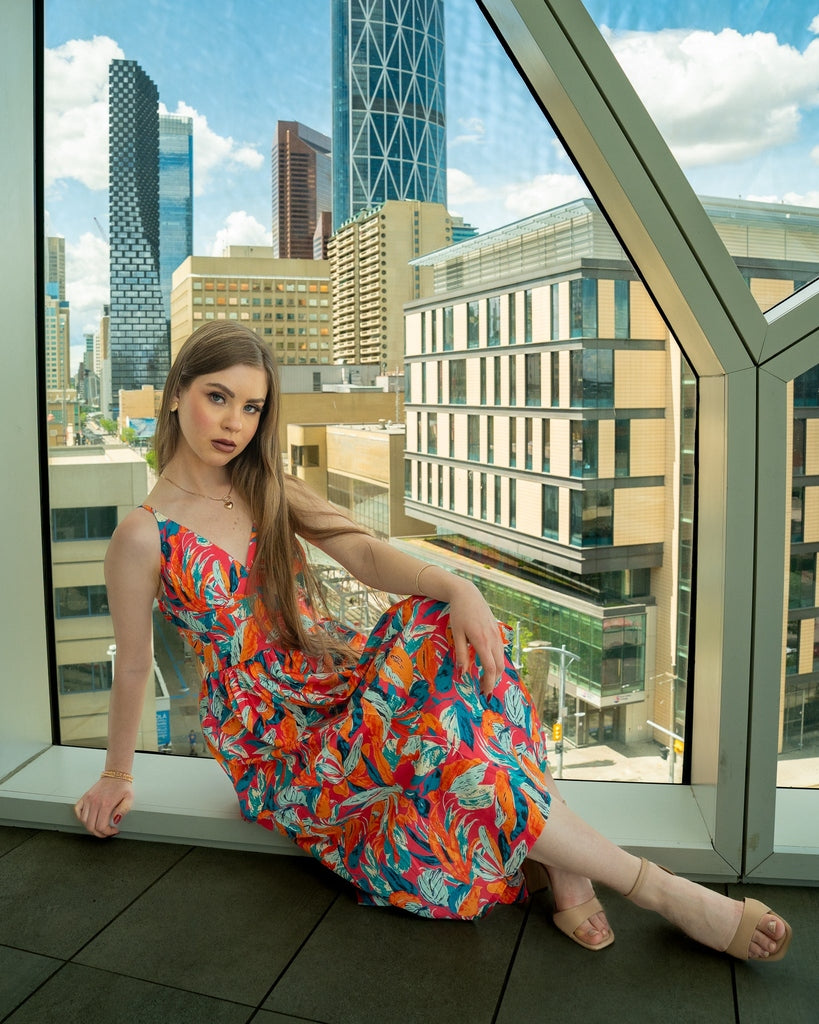What to wear in winter in Canada to stay warm and stylish throughout the winter is a common question, especially for those who are new to the country.
To outsiders, the Canadian winter often means unbearable cold and endless snow. But in reality, winter across Canada is different and varies from province to province. For example, in Alberta, temperatures can drop to -35 °C, but the weather is dry and less windy. In Ontario, temperatures may go down up to -20 °C, but the damp air makes it feel much colder. In contrast, many parts of British Columbia experience mild winters that can even feel pleasantly warm compared to the rest of Canada.
While winter dressing may look slightly different depending upon the province, the fundamentals remain the same. All you need are a few tweaks to adjust to each region. So, let's talk about how to style for winter in Canada without compromising on warmth.
Table of Content:
- Fundamental Concepts of Winter Styling in Canada
- Layering Torso
- Layering Bottom
- Covering Feet
- Covering Hands
- Covering Head
Fundamental Concepts of Winter Styling in Canada:
- Layering. Layering. Layering: This is the golden rule for Canadian winter outfits. Think of it as dressing like an onion - one layer on top of another, each trapping more and more heat for you. Generally, there are three layer: the Inner Layer, Mid Layer, and Outer Layer. The benefit of this kind of styling is that it provides versatility both outdoors and indoors. Outside, it keeps you warm enough to breeze through the Canadian cold, while indoors, it allows you to take off outer layers so that you don't overheat from extra clothing. This simple approach is one of the most effective winter clothing tips in Canada.
- Hand and toe warmers: If you are planning to stay outside or enjoy winter activities in Canada like skiing or ice skating, these can be a game-changer. They are small disposable packs that you shake to activate and the heat generated keeps your hand and toe warm and comfortable.
- Bring extra ones: When heading out, if you are not sure whether to bring a specific piece of clothing, always bring it. Because if you feel hot, you can simply take off a layer, but if you feel cold, you can not add another layer if you don't have it with you.
Layering Torso
Your torso protects your vital organs, so it's essential to layer it properly if you want to feel warm and stylish during Canadian winter of 2025-26.

1. Inner Layer:
The inner layer, or a base layer is the clothing that sits closest to your skin, wicking away moisture and keeping you dry. This is the first layer to think of when dressing for the outdoors in winter. A common base layer is a thermal shirt.
While people may admire your stylish jeans or jackets in your Canadian winter photos, it's actually the thermals that make it possible for you to admire the beauty of Canadian winter.
Since this layer is mostly be covered by others, there is not much room for styling - it acts more as a functional layer rather than a styling layer. Still, choosing the right thermal is a key part of how to layer clothes in Canadian winter.
2. Mid Layer:
The mid Layer is an insulating layer, and it's purpose is to trap your body head inside. This layer includes hoodies, fleece pullovers, wool sweaters, cardigans, or sweatshirts.
This layer not only provides insulation against the cold but also plays a big role in winter styling in Canada. Because it's partially visible layer, you can experiment with colors, textures, clothing types, or patterns to create a unique style, which will be covered in our upcoming articles.
Whether you prefer a classic neutral wool sweater or a bold patterned cardigan, the mid layer is where your personality can shine through your Canadian winter outfits.
3. Outer Layer:
The outer layer is what protects you from the outside elements such as wind, snow, or rain. Examples include puffer jackets, wool coats, softshell jackets, parkas, long wool cardigans.
This is a fully visible layer and hence a very effective styling layer. You can create a slim silhouette look with a long jacket or go for a slightly casual look with long cardigans which also will be covered in upcoming articles.
Layering the Bottom
For layering the bottom half of your body, the same three-layer system can be used.
1. Inner Layer:
The inner layer includes thermal pants or leggings that sit close to the skin and wick away moisture. This helps keep your legs warm and dry even when the temperature drops.
2. Mid Layer:
The mid layer consists of fleece pants, wool pants, thick denims or other insulated bottoms that provide warmth and comfort during cold Canadian winters.
3. Outer Layer:
The outer layer may not always be necessary if you are wearing a long jacket or a coat that covers most of your body. However, you may want to add this layer if you are planning on any snow activities such as skiing or ice skating. Options like insulated snow pants or waterproof shells provide protection against snow, wind and wet conditions, making them a great choice of active days outdoors.

Covering Feet
Since a large amount of body heat can be lost through your feet, it is crucial to keep them properly covered. We all know the uncomfortable feeling of having cold feet - and in the Canadian winter, that can make the entire season feel unbearable. There are two key aspects of protecting your foot in winter: socks and shoes.
- Socks: Depending upon your activity, you can choose between ankle socks, thick socks, or thermal socks. For outdoor activities like hiking or skiing, insulated socks are the best choice.
-
Shoes: Winter boots are a must during Canadian cold winter. They not only protect your feet from the cold but also shield you from slippery black ice. When shopping, look for boots that are water-resistant, insulated and have a great grip.
If you need extra heat in your feet, you can always use toe warmer packs.
Covering Hands
A good pair of waterproof gloves or mitts are enough to protect your hands and keep your fingers warm.
You can always add an additional layer of thin gloves or use hand warmer packs if needed.
Covering Head
- Toque: You definitely need a warm toque during the winter. Make sure that it covers your ears properly and you are good. It can also act as a statement piece for your neutral or boring winter outfit.
- Scarf: Get a good scarf to protect your neck during cold winter days. Similar to toque, scarves can also act as a statement-piece if used correctly.
Summery
Winter in Canada may look scary at first. But once you understand how to style for winter in Canada, you can really enjoy the beauty of Canadian winter. This is done by layering. Layering is the key for staying warm in Canada. Additionally, layering also gives a very unique opportunity to give a personality to any simple winter outfit. We'll discuss the styling aspect of layering in new article. So, stay tuned.

